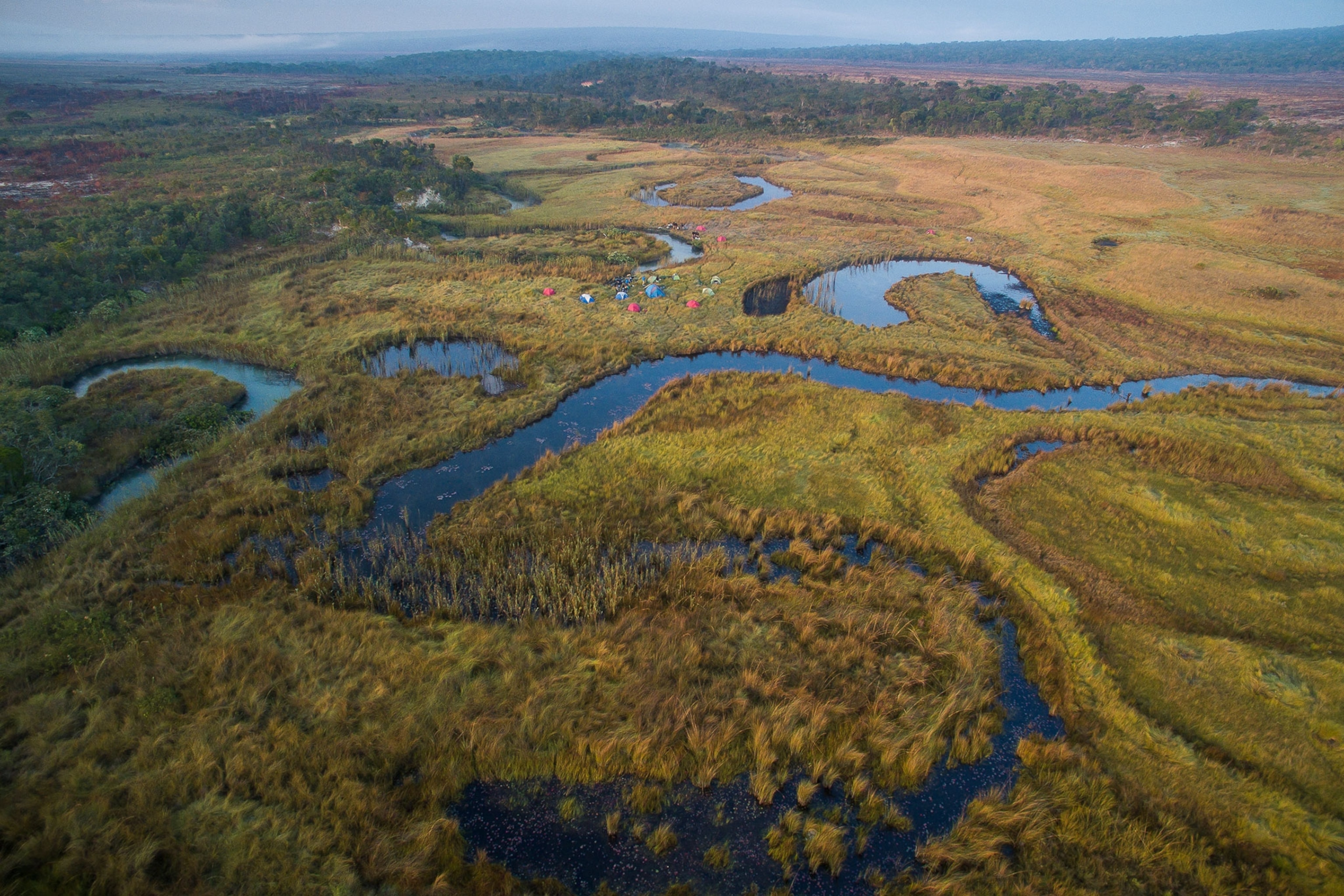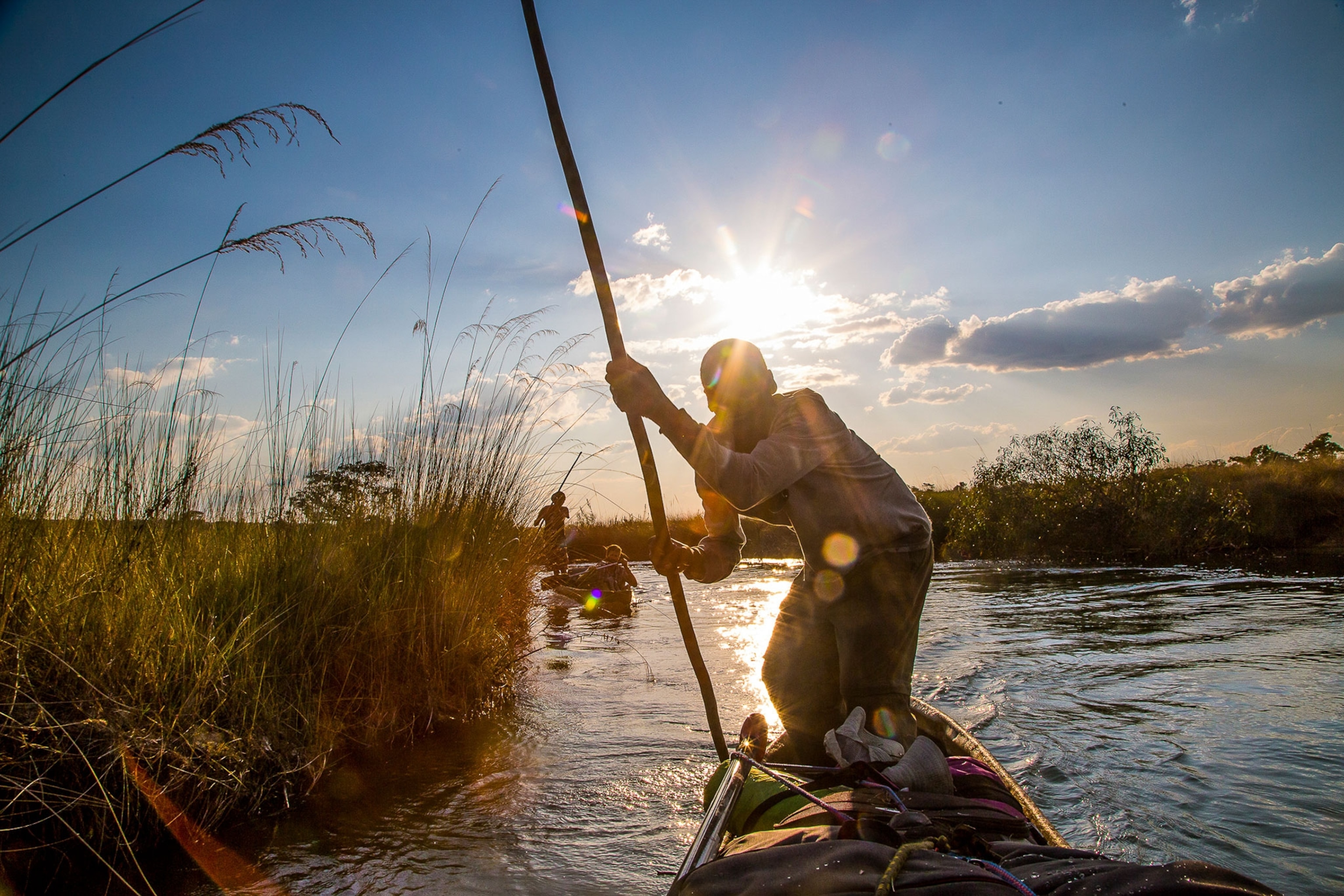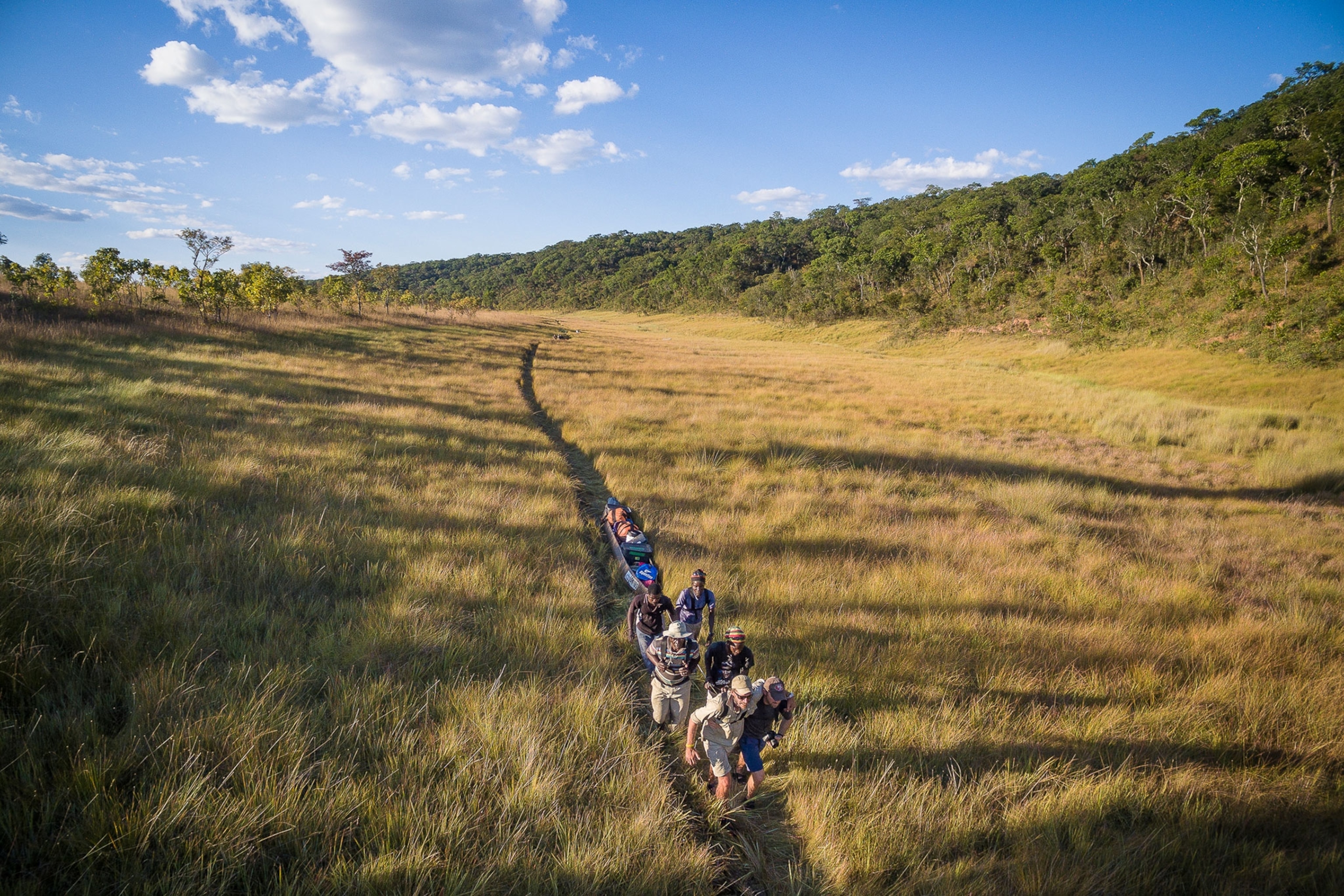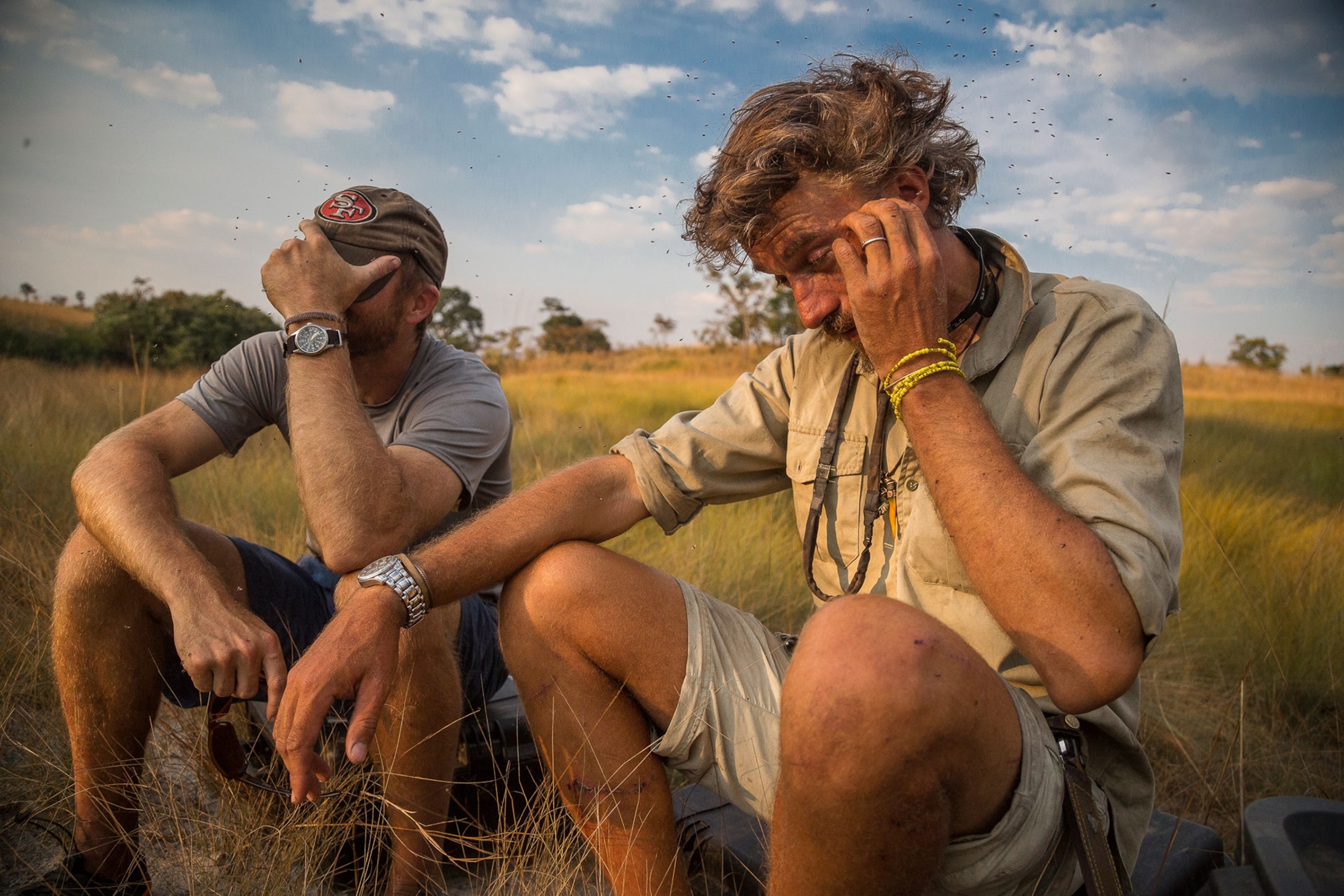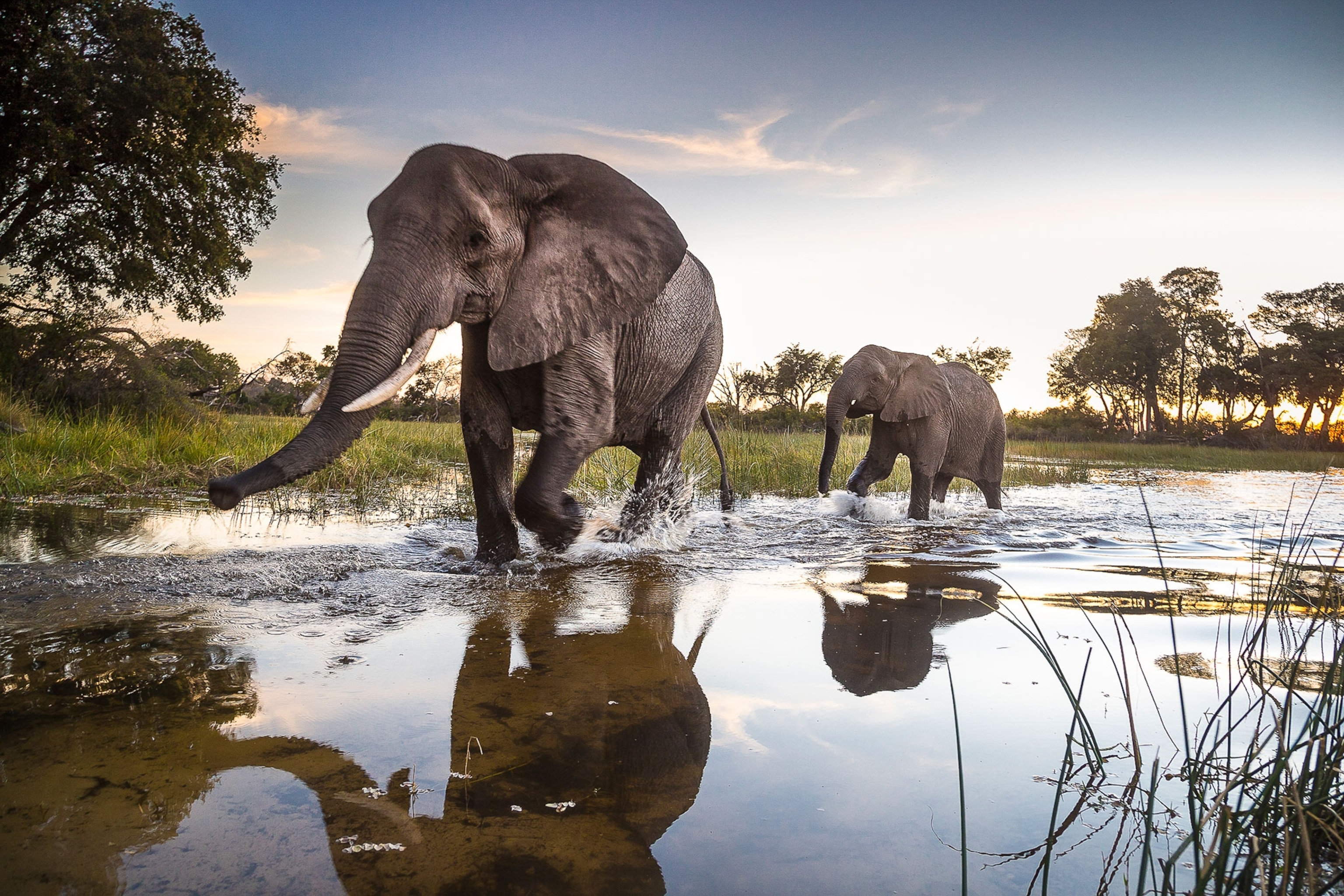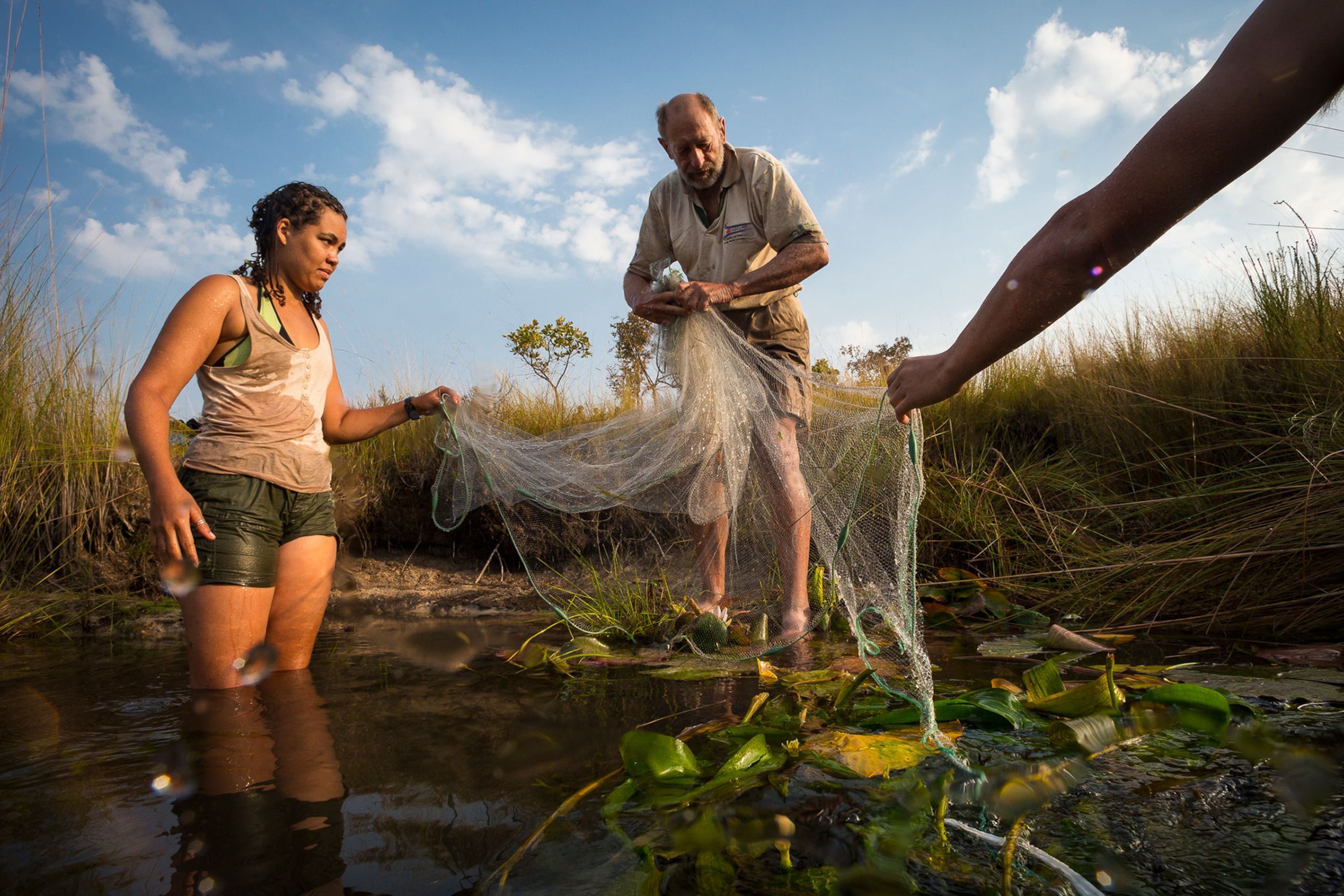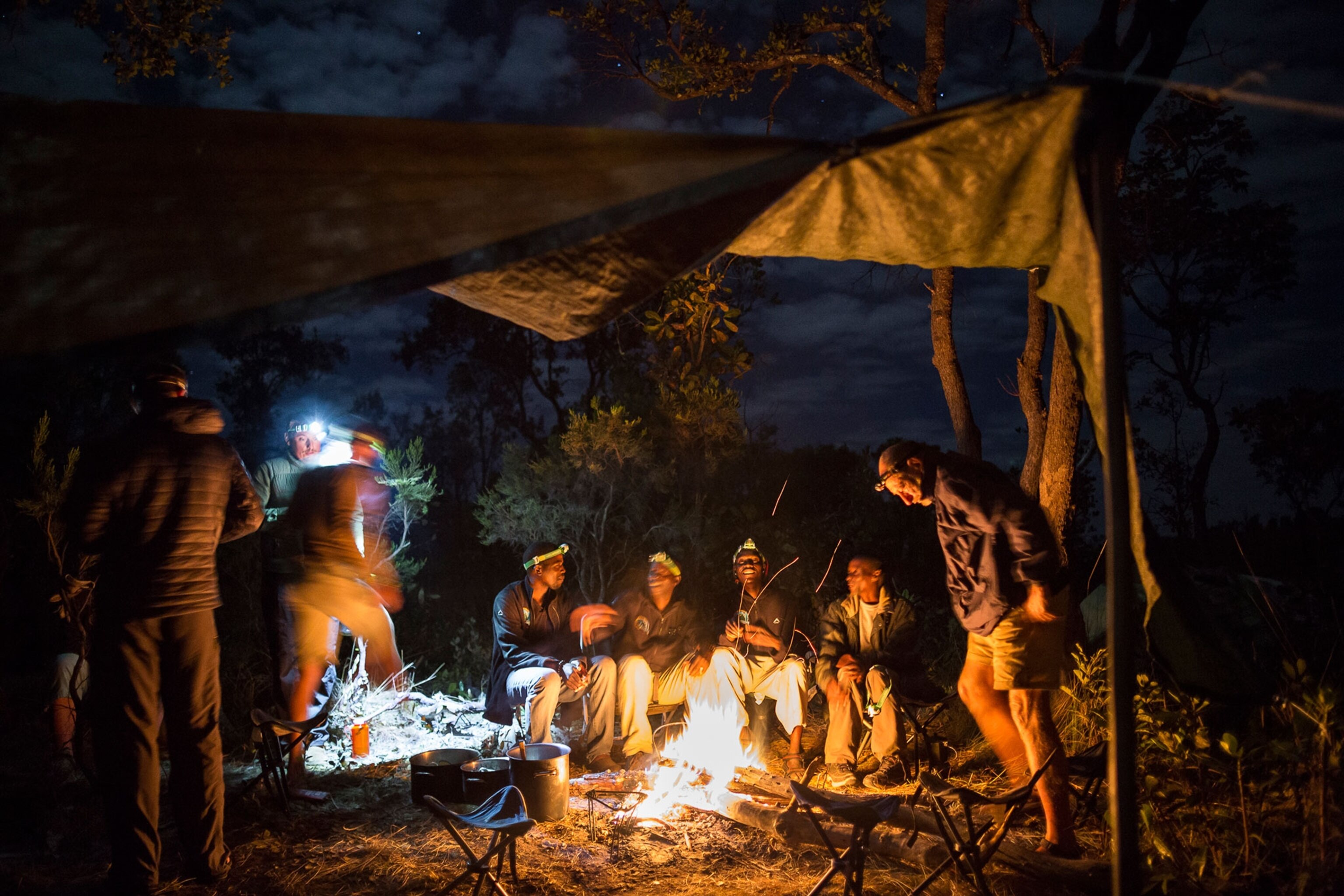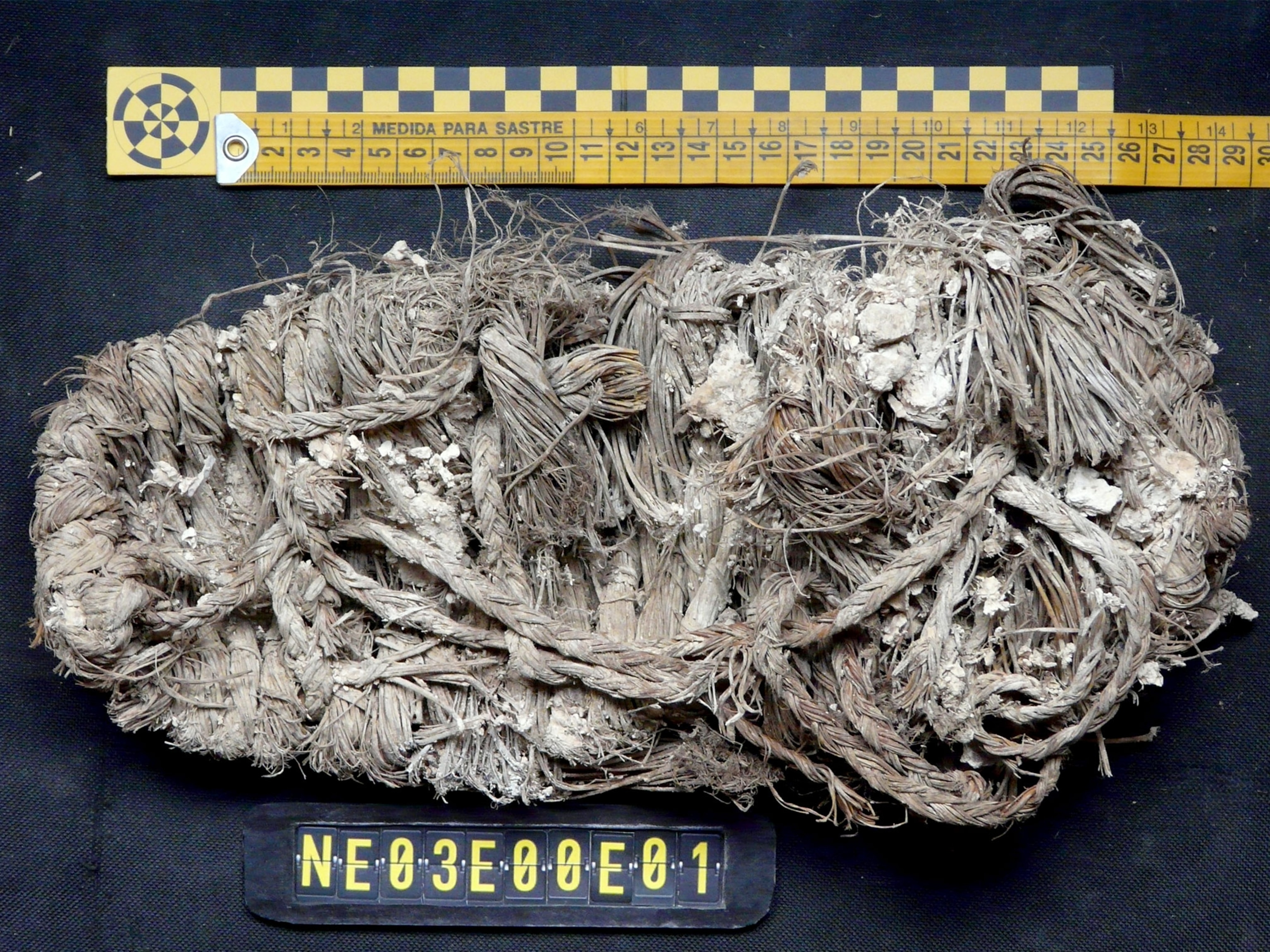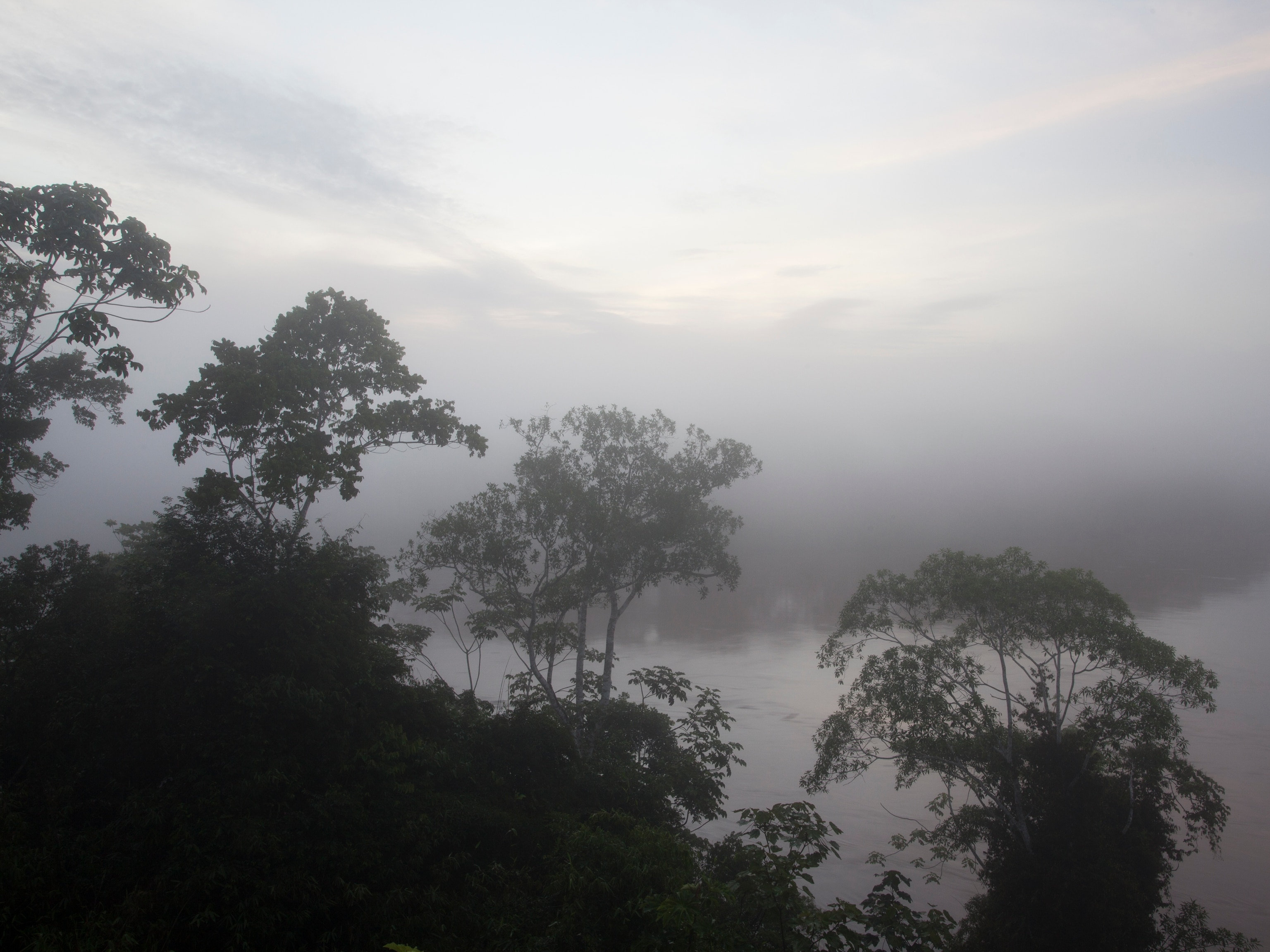Explorers Enter Heart of Africa With Fat Bikes and Scuba Gear
A new phase of exploration targets the wilderness of the Okavango region.
Three teams of explorers set off into the wilderness in the heart of Africa Monday, on a major new push to survey more of the Okavango River Basin—part of which is a UNESCO World Heritage site and one of the planet’s last great wetlands. Sponsored by the National Geographic Society, the expeditions hope to catalogue the plants and animals in the unprotected Angolan highlands, with the ultimate goal securing better protections for the rich biodiversity and local people, many of whom still live according to traditional ways.
The wildlife the explorers have already documented in previous trips to the region over the past few years—as part of National Geographic’s Okavango Wilderness Project—is “unbelievable,” says Chris Boyes, a biologist and wilderness guide from South Africa who helps coordinate the expeditions.
In August 2016, Boyes and teammates set out camera traps in the Okavango that documented a surfeit of leopards, cheetahs, lions, wild dogs, aardvarks, honey badgers, and many more creatures.
“Now we’re taking fresh teams out to better understand this incredible region,” says Boyes.
Through the end of April, Boyes and other explorers will traverse the Angolan highlands around the source lakes of the Okavango River Basin, which spans parts of Angola, Namibia, and Botswana. In 2015, National Geographic explorers visited parts of this highland area, seeing the first African wild dogs there in decades.
The new expedition combines land-based surveys, led by Angolan siblings Adjany and Kerllen Costa, with the first underwater exploration of the lake system. Adjany Costa will lead one team in visiting remote villages in the area, to gauge their knowledge of local wildlife and assess their needs for resource protection.
“This latest expedition demonstrates what National Geographic does best: combining unparalleled exploration and scientific research to inform the protection of wildlife and wild places," Costa said in a statement. "As an Angolan, I am particularly honored to be part of this effort and hope that one day more people will be able to witness our country’s majestic wilderness firsthand.”
Kerllen will lead another team on “fat bikes”—off-road bikes with extra-large tires—to explore the Miombo woodlands surrounding the source lakes. The team will set out 120 camera traps, to assess the range and density of wildlife in the area. They will also record the landscape with 360-degree cameras mounted to their bikes.
The final team will dive into the Cuito, Cuanavale, and Tchanssengwe source lakes, to measure their depth profiles and survey the fish and other organisms living there. This will be the first true underwater component of the Okavango project. But from previous visits, the team found that the lakes were some of the most pristine, clear water systems they had observed. Yet little is known about them or what lives there.
In August, Boyes helped test the fat bike concept elsewhere in the Okavango, along an old military trail near the divide between the Okavango and Zambezi systems. The team had first tried regular mountain bikes, but they had quickly gotten stuck in thick sand and mud. So they tried a fat bike design from a South African company. The team has long been committed to doing as much exploring as possible on human power, whether on land or in the water, in order to minimize impacts.
“When we started with the fat bikes we were like ‘oh man, how are we going to do this?’” says Boyes.
Loaded up with camping and scientific gear on saddlebags and in backpacks, it was slow going, over tough terrain. They only managed four kilometers on their first day, at an average heart rate of 168 (with peaks at 190).
“It was like having a slight heart attack all day,” says Boyes. “We were like, 'what have we done?'”
But the team gradually got into a groove. They went three times as far the next day, and even more the day after that. All the while, the expedition relied on knowledge of the local people and advice from the nonprofit Halo Trust to avoid landmines that are still in the area from past conflicts.
Eventually, the group made it 350 kilometers, down to a valley. There, they confirmed the existence of a “beautiful elephant highway,” says Boyes—a trail regularly used by families of the huge animals. The team placed camera traps along the trail, and they were soon rewarded with stunning imagery of many animals.
“It was one of the most difficult things I have ever done,” says Boyes. “But we proved that fat bikes could work great in the Okavango.”
Boyes hopes his prep work will help the new expeditions find similar success. The ultimate goal is to marshal enough scientific evidence and public support that African governments will move to protect more of the Okavango region from poachers and developers—before this oasis of life comes under additional threats.
